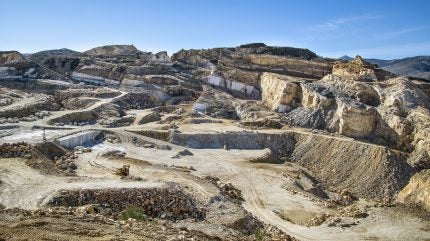
Galloper Gold has started Phase I diamond drilling work at the Glover Island Project located on lake islands in western Newfoundland, Canada.
This drilling targets a significant expansion of the known orogenic gold system at the project, which consists of 532 mining claims totaling 13,300 hectares.
The company’s 100%-owned claims span most of the 40km-long underexplored island in Western Newfoundland’s Four Corners region, known for its gold, copper and salt deposits.
The initial drilling is focused on the Lucky Smoke area, 6km north of the historic gold deposit, where previous exploration was limited.
Lucky Smoke is part of a 12km trend of gold showings along a contact zone favourable for gold deposition.
Additionally, a multi-kilometre-long copper anomaly has been identified on the island’s western side.
Glover Island’s geological setting is within the Baie-Verte Brompton Line-Cabot Fault Zone (BCZ), a significant boundary between the Humber and Dunnage Zones.
The Phase I drilling work at Lucky Smoke aims to confirm and extend the gold occurrences identified from historic drilling and trenches.
Galloper CEO Hratch Jabrayan said: “Glover Island represents compelling new discovery opportunities well beyond the known historic deposit defined more than a dozen years ago, so we are excited to begin the drilling phase of our work there.
“Most of Glover Island has never been systematically explored, as evidenced by the copper anomaly we have uncovered on the western side of the Island. The convergence of major faults at Glover Island and the widespread presence of ‘the right rocks’ is an excellent recipe for a potential large-scale system consistent with what has been observed elsewhere in this ‘Four Corners’ region of Western Newfoundland.”



